
Image description: Illustration of various comets traversing the solar system.
Comets are fascinating celestial bodies composed of ice, dust, and rocks. They follow elliptical orbits around the Sun and can offer magnificent spectacles when they approach Earth. Comets illuminate the collective memory of humanity. Once perceived as omens of misfortune, catastrophes, and upheavals, they embodied our imaginary fears on top of our real afflictions. However, they are not harbingers of doom but rather guardians of the past, holding the keys to our origin. In the 19th century, with the separation of science and religion, the image of comets ceased to be negative. They can be observed for weeks before they disappear, only to return decades, centuries, or even millennia later. Comets are the wanderers of the sky, the messengers of space, akin to dirty icebergs disseminating primordial matter.
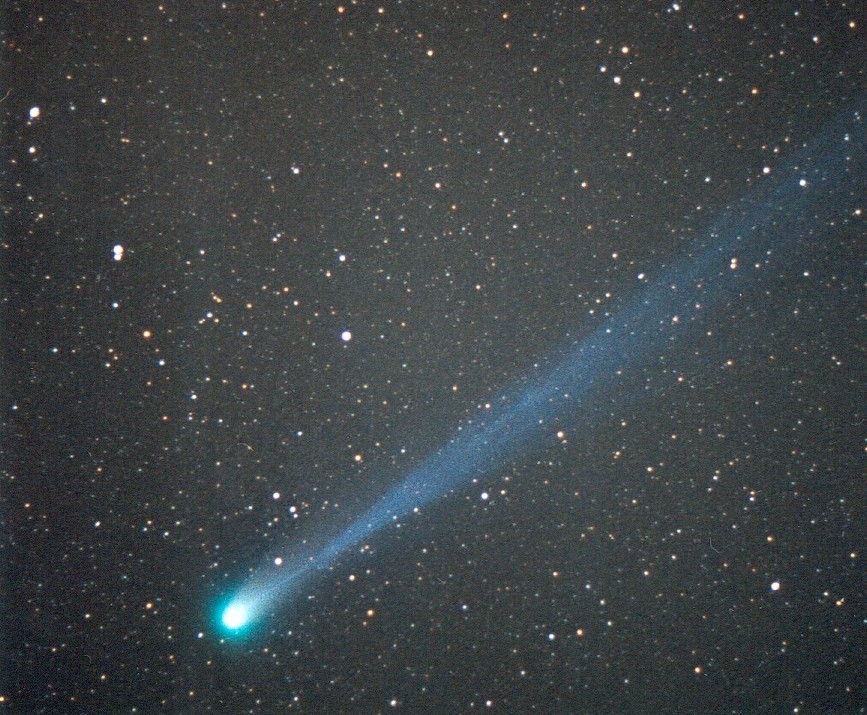
The Hyakutake Comet, discovered in 1996 by Japanese astronomer Yuji Hyakutake, offered a magnificent spectacle with its long tail visible to the naked eye. It reached its perihelion (closest point to the Sun) in March 1996 and was one of the brightest comets of the 20th century.
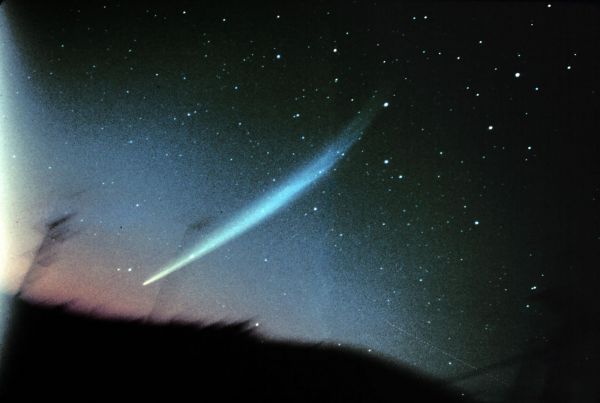
The Ikeya Comet, also known as C/1963 A1, was discovered by Kaoru Ikeya in 1963. It is famous for its long tail of dust and gas, which stretched across several degrees in the sky. It reached its perihelion in March 1963.
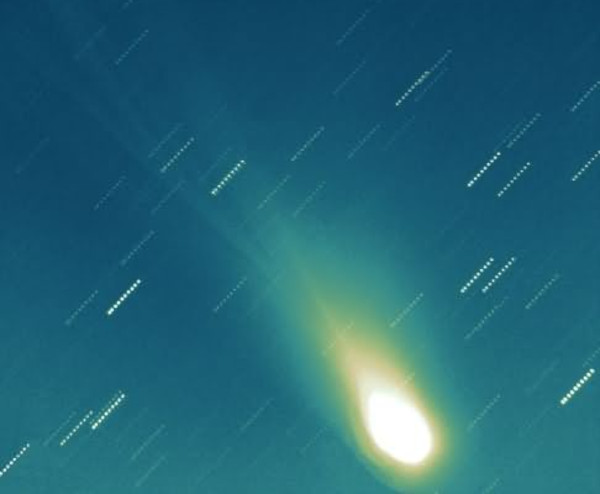
The Linear Comet, or C/1999 S4, was discovered in 1999 by the LINEAR asteroid research program. It underwent a spectacular disintegration in July 2000, fragmenting into several pieces. This disintegration was observed by many astronomers and provided valuable information about the composition of comets.
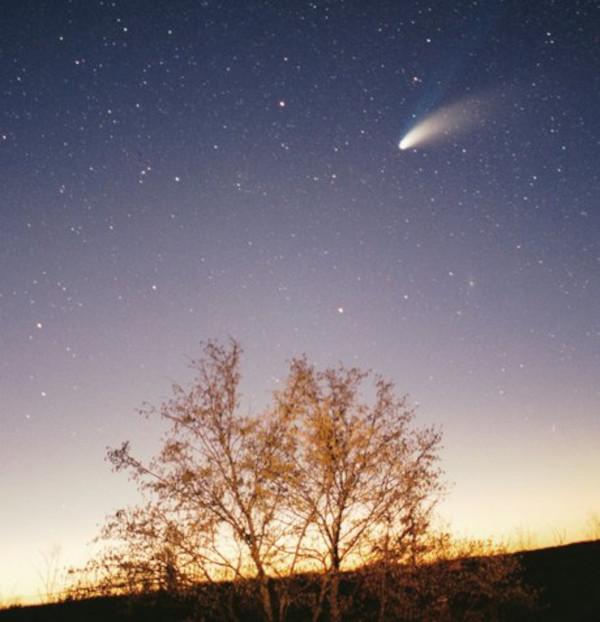
Discovered in 1995 by Alan Hale and Thomas Bopp, the Hale-Bopp Comet is one of the most famous comets in recent history. It was visible to the naked eye for 18 months and reached its perihelion in April 1997. Its great brightness and long tail made it a privileged observation object for amateur and professional astronomers.

Halley's Comet, or 1P/Halley, is probably the most famous comet of all. It has an orbital period of about 76 years and has been observed numerous times throughout history. Its last passage near Earth was in 1986, and its next passage is expected in 2061.
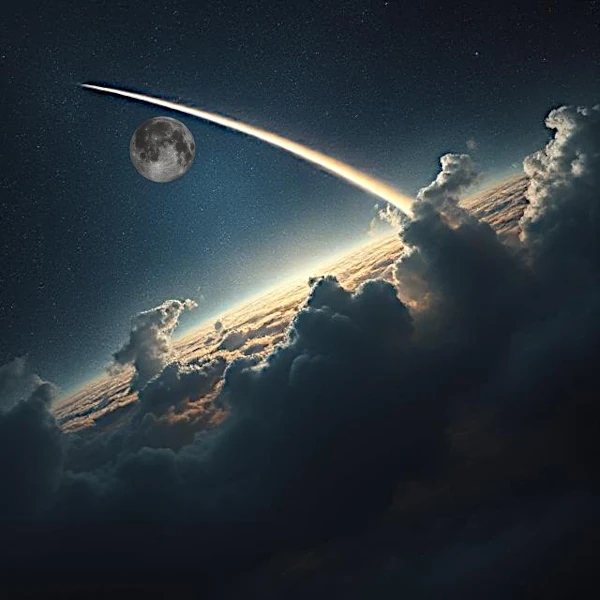
The Holmes Comet, or 17P/Holmes, is a periodic comet discovered in 1892 by Edwin Holmes. It is known for its spectacular outbursts that can significantly increase its brightness. In 2007, it underwent an outburst that made it visible to the naked eye for several weeks.

The Hartley 2 Comet, or 103P/Hartley, was discovered in 1986 by Malcolm Hartley. It was visited by the Deep Impact space probe in 2010, providing detailed images of its surface and gas jets. This mission helped to better understand the composition and dynamics of comets.
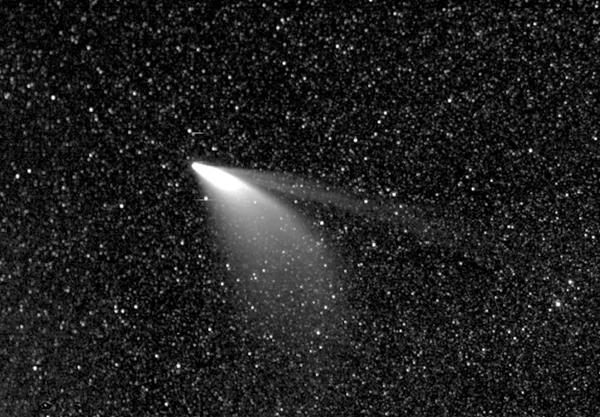
The Neowise Comet, like most comets, has two tails, one of dust and one of electrically charged molecules, according to NASA. Data processed by the WISPR instrument on NASA's Parker Solar Probe show details in the twin tails of comet NEOWISE, as observed on July 5, 2020. The lower, broader tail corresponds to the comet's dust tail, while the upper, narrower tail corresponds to the comet's ion tail. (Credits: NASA/Johns Hopkins APL/Naval Research Lab/Parker Solar Probe/Guillermo Stenborg)
Comets are fascinating celestial objects that offer unique opportunities for studying the formation and evolution of the solar system. Each comet, with its unique characteristics, contributes to our understanding of astronomy and the processes that govern the universe.